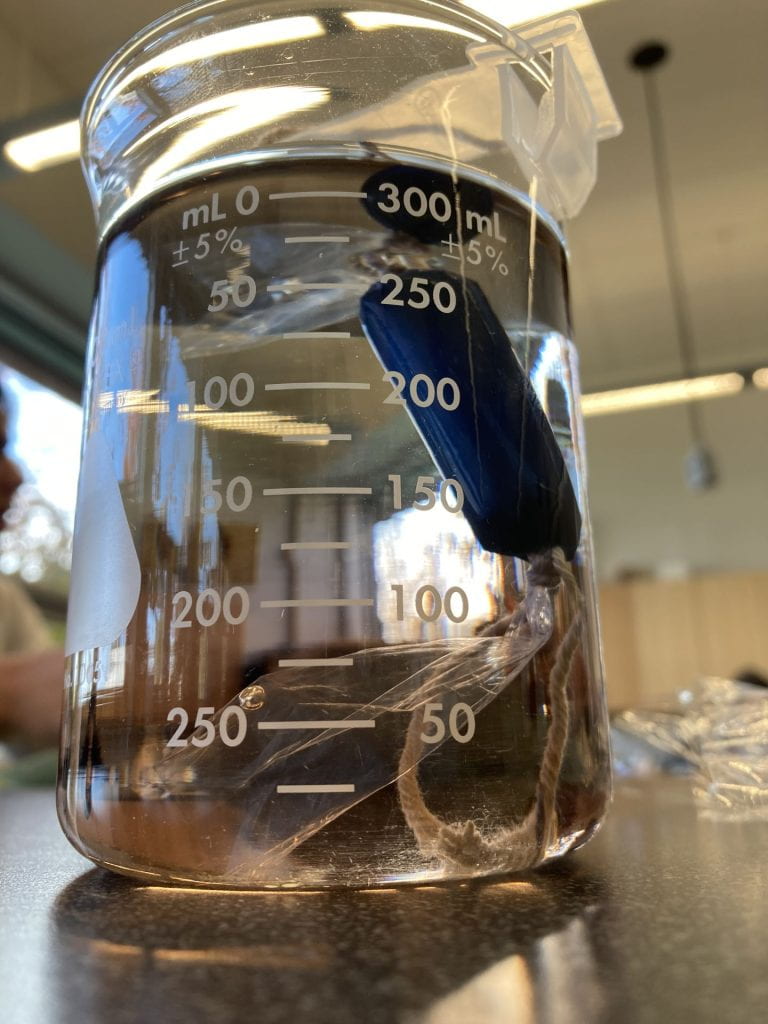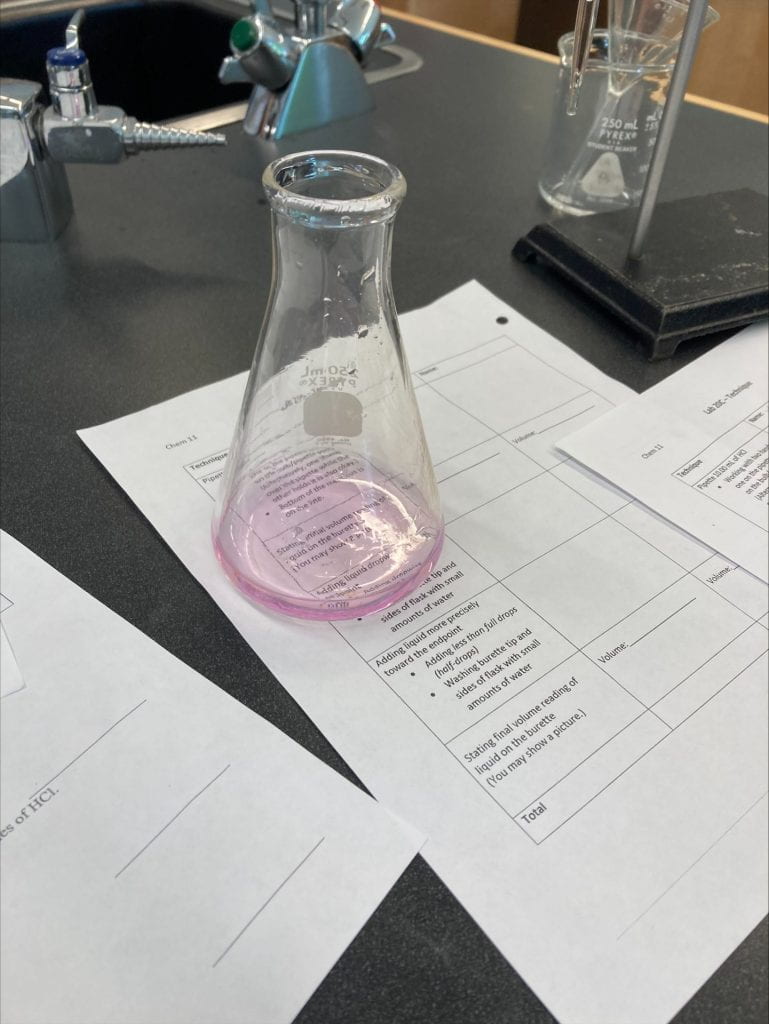To understand the characters found in The Crucible and to gain insight into their actions and to truly comprehend why they acted the way they did. Kohlberg has moral precepts that will be explained through these three categories based on human development. The first category is pre-conventional which is then followed by conventional and lastly individuals become post-conventional. These all occur over periods of time. All the characters that will be mentioned got some of these stages that will lead to a long-awaited explanation and understanding of their behavior that was very well then be confusing at the start.
The first character to be labeled as pre-conventional is Reverend Parris. He was not shown as much in the play as the other characters, yet he made a significant impact on how the story progressed. When he caught his Niece, Abigail Williams, in a suspicious setting, he immediately confronted her. “There is danger in it for me,” he said. That was due to him thinking about all the things he would lose in the event of his speculation being real. He believed that his niece had done something that involved or associated with the devil therefore set off his paranoia that he would get implicated if things turned out as he thought. Another character would be Tituba. She is the slave that works for Reverend Parris and is or would be the perfect scapegoat in situations in which she does not necessarily have to be involved in any way. “She will be hanged if she does not confess.” When Abigail and the rest of the girls got caught, she blamed everything on Tituba so that she and the girls would be spared, and her secret would not be revealed. Tituba was afraid of the beatings and losing her own life, which was why she was forced to lie and confess to save herself. The last character one would believe to be pre-conventional is Elizabeth Proctor. Abigail wanted Elizabeth’s husband, John Proctor, all for herself because of her obsession with him and because of their past together. “She hates me, and she wants me gone,” says Elizabeth to her husband. She is well aware that Abigail has ill intent towards her. She also knows about her husband’s infidelity with Abigail, which forced her to confront her husband and told him about the danger that was about to come.
A conventional character is also Tituba. She showed a good example of someone willing to do something to be accepted. “I am a good Christian woman,” she says. This quote would prove that she did confess something untrue because of how much she wanted her life spared. She wanted to feel the acceptance of their town’s parish priests by giving in to the pressure and their suggestion that she was colluding with the devil. Mary Warren is also a conventional character because she ended up betraying John Proctor because she wanted acceptance from Abigail and the other girls. “I go your way no more,” says Mary Warren to John. John Proctor managed to convince Mary earlier on to tell the truth in court to do the right thing with the promise that she would be protected from Abigail. However, she gave in under pressure when she faced Abigail and the rest of the girls in the courtroom. John Proctor is also a conventional character because he wants his reputation to continue to be good, which made him hesitant to confess his sins. “I’ll think on it,” says Proctor. He wants to keep his good name so that the people in their town continue to think well of him. John is considering this instead of just not confessing due to the people who got sent to jail, which a lot of his friends are.
John Proctor is also considered a post-conventional character because at the end of the play, he confessed. “I am not worth the dust on the feet of them that you have hanged.” Feeling an enormous amount of guilt about innocent people’s lives being taken because of something he caused, it made him re-think his decisions about saving his good name. Those people were also friends of his, which was why he told the court ministers the truth. Elizabeth Proctor or “goody” Proctor is also a post-conventional character because she did the right thing by doing what was best for everyone and for her husband. “He has his goodness now. God forbid I take it from him.” She knows her husband is a good man. She had a choice to save him fully aware that he would live in guilt for the rest of his life, yet she did what she knew her husband wanted deep in his heart. It is to be free from his guilt and paying for his sins in the most righteous of ways. Giles Corey also demonstrated a post-conventional character. He refused to go to court because he did not want to plead guilty or innocent to the crime of witchcraft which he was convicted of. “More weight,” he uttered in his final breath. He died because he got pressed to death with heavy stones because of his refusal. There was also the fact that his twisted reputation in his community was not going to be affected whether he confessed or not.
All these stages of conventional wisdom have given us more insight into what the characters are really like. It showed readers a more understanding of how a person might think in situations where they are not in control of.








